Can hostas grow in full sun? This topic is not only intriguing but also essential for gardeners looking to maximize their landscapes. This blog post delves into the world of hostas, examining their light requirements, adaptations, and best practices for growing them successfully in sunny spots.
Understanding Hosta Varieties
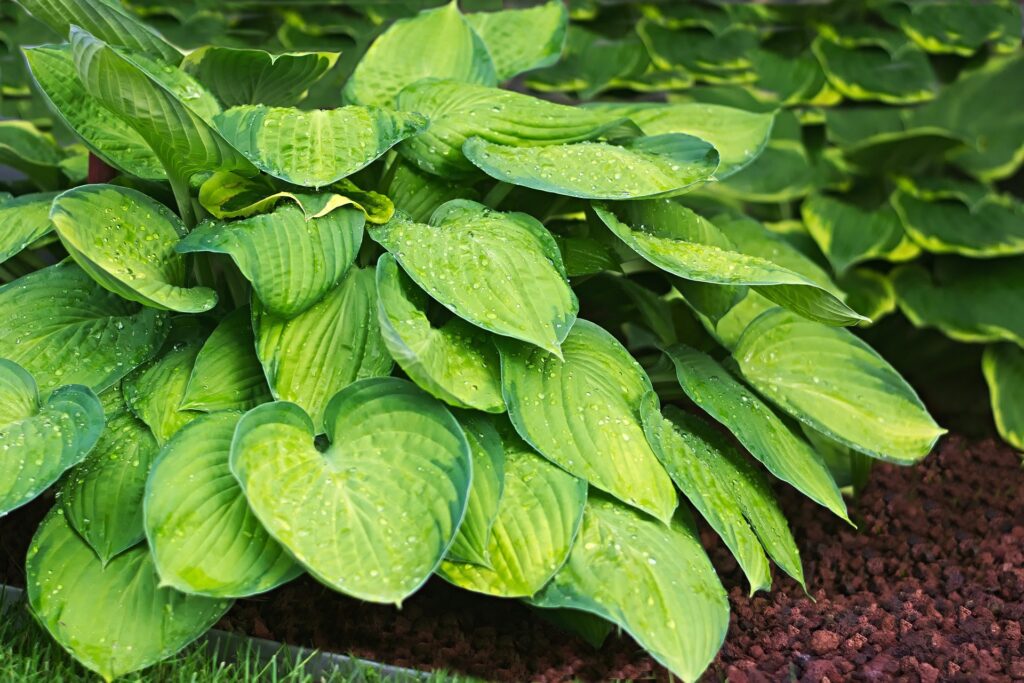
Hostas, also known as plantain lilies, come in thousands of varieties with varying sizes, colors, and leaf forms. While the majority of hostas prefer partial to full shade, some cultivars are more adaptable and can thrive in sunnier conditions.
Shade-Loving Origins
Originally, hostas hail from East Asia, primarily found in the shaded understory of forests. This naturally conditions them to flourish in lower light environments, making them a staple for shaded gardens. However, certain hostas are bred specifically to tolerate more sunlight. Understanding these differences is crucial for gardeners who might be tempted to plant hostas in areas exposed to stronger sun.
Suitable Varieties for Full Sun Exposure
If you are eager to experiment with growing hostas in full sun, consider the following varieties that have shown resilience under brighter conditions:
‘Sagae’ – Not only does ‘Sagae’ feature beautiful blue-green leaves with creamy margins, but it is also surprisingly tolerant of sunlight. It can handle some sun, especially in cooler climates.
‘Guacamole’ – This hosta offers a golden hue and does well in areas with partial shade but can adapt to full sun situations, provided it is well-watered.
‘Patriot’ – With its striking green-and-white leaves, ‘Patriot’ can withstand more sun than many other hostas, making it an appealing choice for sunny borders or gardens.
‘June’ – Known for its vibrant, variegated leaves, ‘June’ demonstrates a decent tolerance to sunlight, particularly in cooler regions.
When selecting a variety, consider your local climate and the amount of sunlight you expect the plants to receive throughout the day.
Assessing Your Garden’s Light Conditions
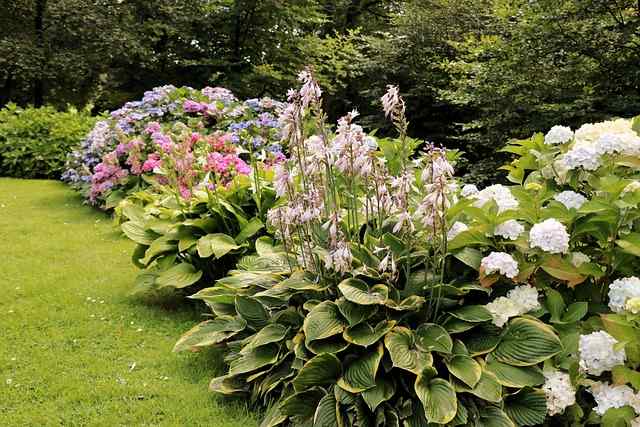
Before making the decision to plant hostas in full sun, assess your garden’s light conditions. Not all sunlight is created equal, and the distinction between full sun, partial shade, and full shade can hugely impact the health of your plants.
Defining Sunlight Exposure
Full Sun: At least 6 hours of direct sunlight daily. This is the most challenging environment for hostas but can be managed with careful selection and preparation.
Partial Shade: 3 to 6 hours of sunlight, often filtered by trees or structures. This is generally the ideal condition for most hostas.
Full Shade: Less than 3 hours of sunlight per day. Hostas thrive here, producing the lush growth they are known for.
Monitoring Sun Patterns
Take note of how sunlight moves across your garden throughout the day. Areas that may seem sunny in the morning might become shaded as trees grow leaves in the summer. This understanding is key in determining the best planting locations for hostas.
Factors Influencing Growth in Full Sun
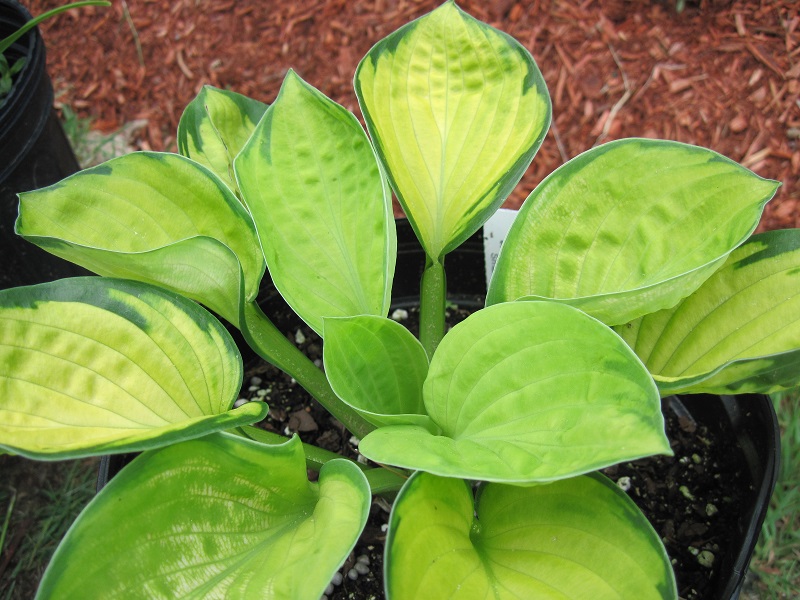
If you decide to push the limits and plant hostas in full sun, several factors come into play that you need to be aware of to ensure their success:
Soil Quality
Well-drained, rich soil is vital for any plant but especially for hostas, which prefer conditions that retain moisture without becoming waterlogged. In full sun, the risk of soil drying out increases, so:
Improve Drainage: Ensure your soil allows excess water to escape. This can often be achieved by incorporating organic matter like compost.
Increase Retention: Use mulch around the base of your hostas to help retain moisture and keep roots cool during hot days. A 2-3 inch layer should suffice.
Watering Needs
Hostas in sunny positions will require more regular watering than those tucked in the shade. The key is to maintain an even level of soil moisture without making it soggy:
Frequency: Water deeply at least once a week, or more often if the weather is particularly hot and dry.
Timing: Early morning is the best time to water, allowing plants to hydrate before the heat of the day sets in.
Mulching and Companionship
Mulching serves multiple purposes beyond moisture retention. It helps keep the soil cool, suppresses weeds, and adds organic matter as it breaks down.
In addition, consider companion planting. Pairing hostas with sun-tolerant plants can create a visually appealing garden while offering a microenvironment that may benefit them. Ferns, daylilies, and astilbes can provide shade for the base of hostas, enhancing their survival in sunny spots.
Signs of Stress in Full Sun Hostas
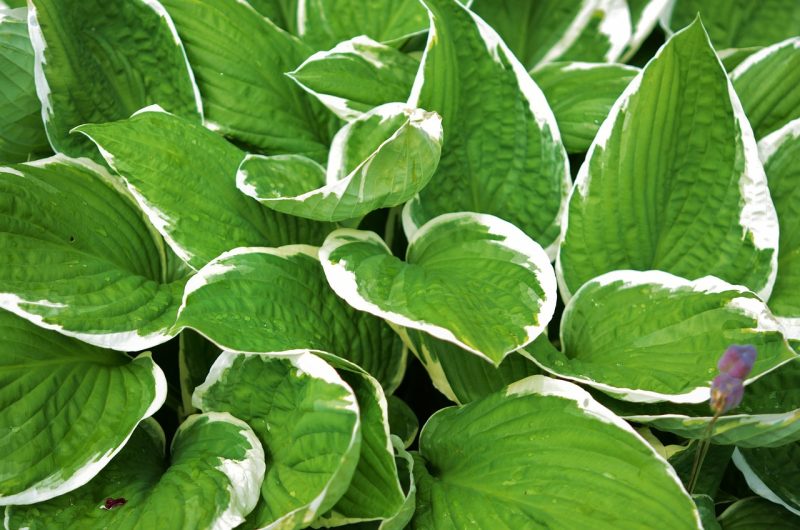
Understanding the signs of stress will help you intervene quickly if your hostas are struggling under full sun conditions. Here’s what to look for:
Leaf Scorch
Perhaps the most significant indicator that your hostas are not handling full sun well is leaf scorch. This manifests as browning edges or patches on the leaves. If this occurs, it is imperative to reassess the conditions they are in and make adjustments accordingly.
Wilting
If your hostas appear limp or wilted, this may suggest they are not receiving adequate moisture. Ensure that you’re watering consistently, especially during periods of intense heat.
Stunted Growth
Hostas that struggle in sun may exhibit slower growth or reduced flowering. If you notice that your hostas aren’t flourishing, consider relocating them to a less intense light situation.
Best Practices for Growing Hostas in Full Sun
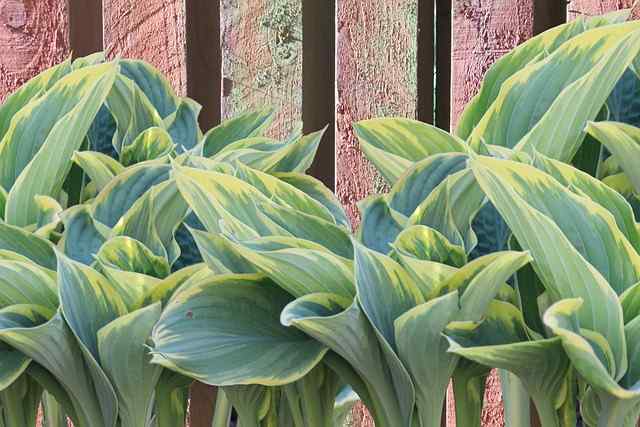
If you’re committed to growing hostas in full sun, here are some best practices to set yourself up for success:
Planting Time
The right time to plant hostas is crucial. Early spring or fall is ideal as temperatures are cooler, allowing the plants time to establish their root systems before the summer heat sets in.
Preparing the Planting Site
Soil Testing: Before planting, test your soil to understand its pH and nutrient levels. Adjustments may be needed to create the optimal environment for your hostas.
Breaking Up Compacted Soil: Loosen your soil for better root development. This is especially important in sunny locations, where roots might struggle to grow in compacted or dry soil.
Amending Soil: Incorporate organic matter to improve soil quality. This encourages moisture retention while providing essential nutrients.
Watering Strategy
During the establishment phase, give your hostas extra care. Modify your watering schedule based on temperature and rainfall. In full sun, daily watering during hot spells can be beneficial. Using drip irrigation or soaker hoses can make this chore more manageable.
Regular Maintenance
Consistently check for pests or diseases, especially in sunny locations where stresses can lead to vulnerability. Slugs are a common thief in the night for many hostas, so consider using barriers or baits to protect your plants. Additionally, keep an eye on the overall health of your hostas to tweak care as needed.
Consider Hybrid Options
Advancements in horticulture have led to the development of hybrid hostas that boast resilience in full sun. Research hyper-tolerant varieties, which are becoming more common and are designed to thrive in various light conditions and climates.
Conclusion
Can hostas grow in full sun? The answer leans towards a conditional yes. With careful selection of varieties, a focus on proper soil management, and diligence in care, it’s certainly possible to integrate these stunning plants into sunnier spaces of your garden.





